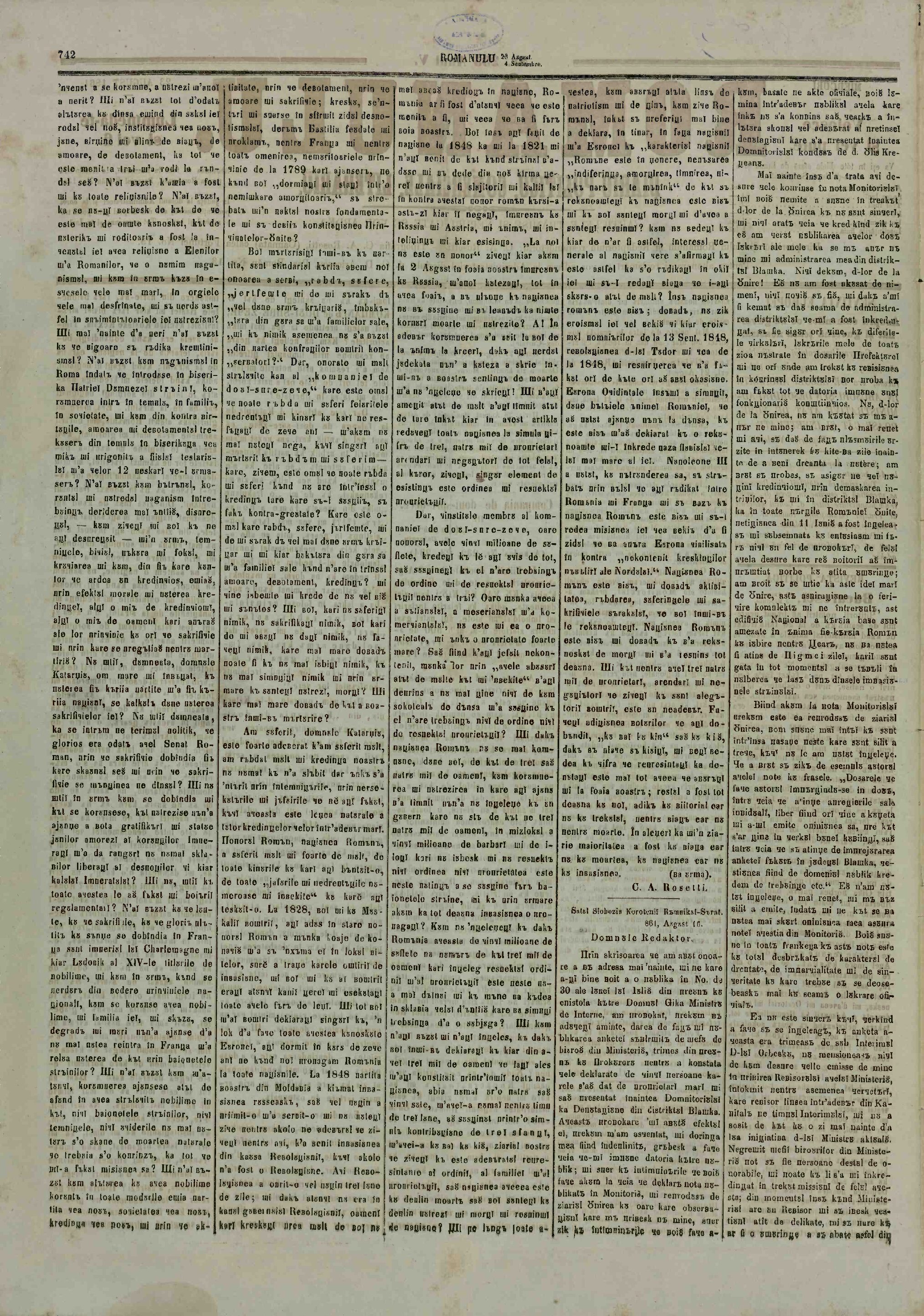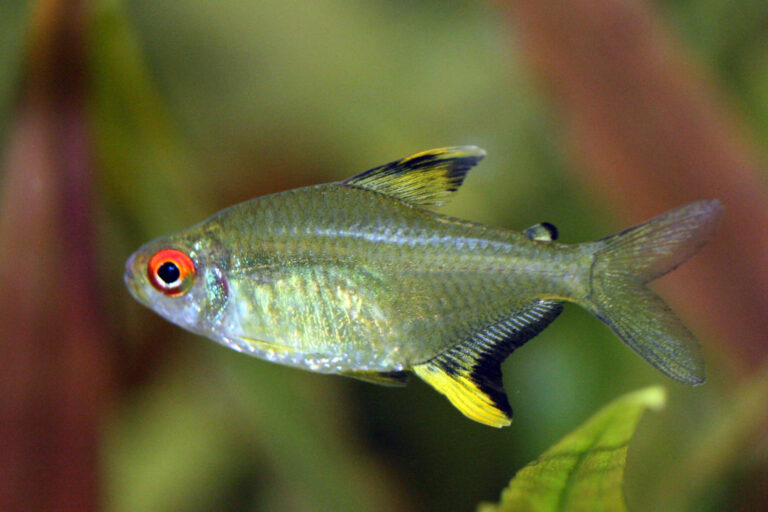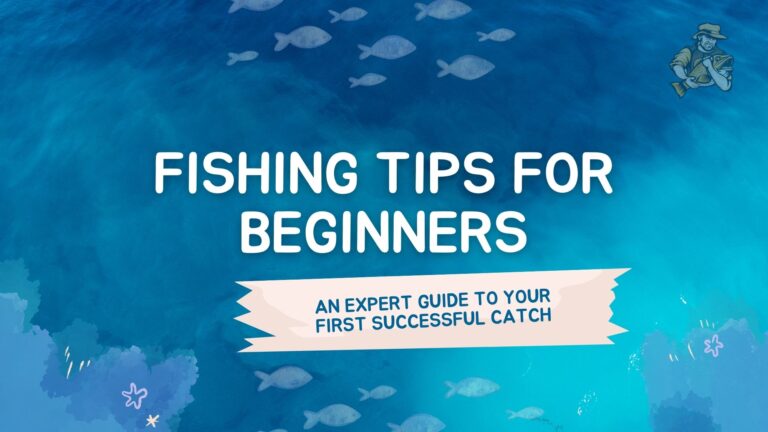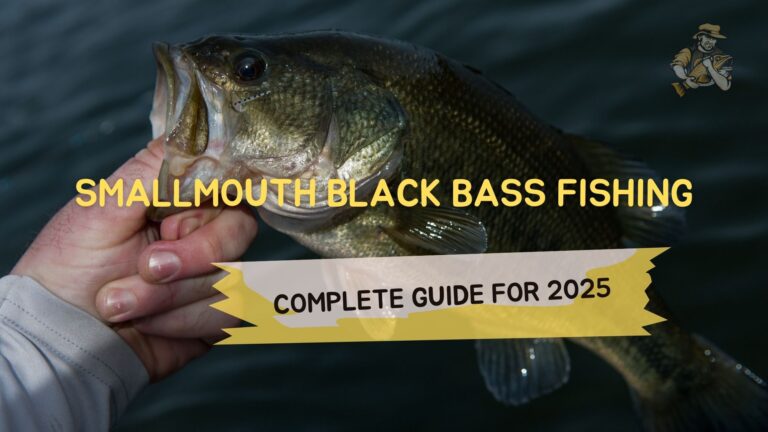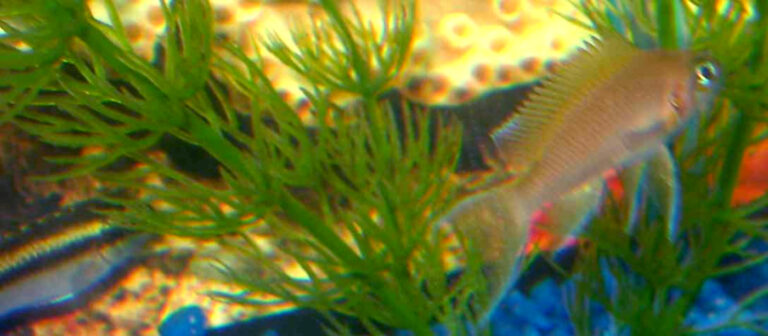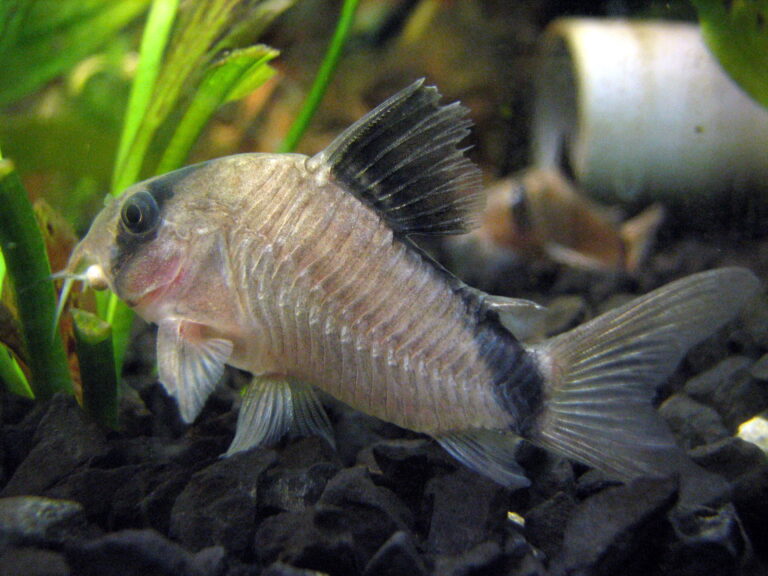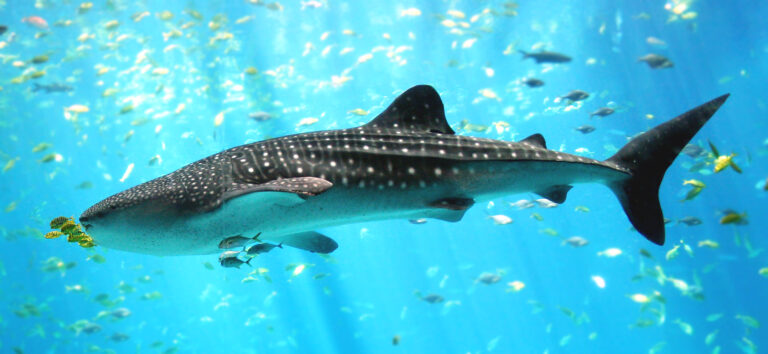Kayaking Fishing: Ultimate Guide for Water Adventurers
By Adam Hawthorne | Last Modified: April 26, 2025
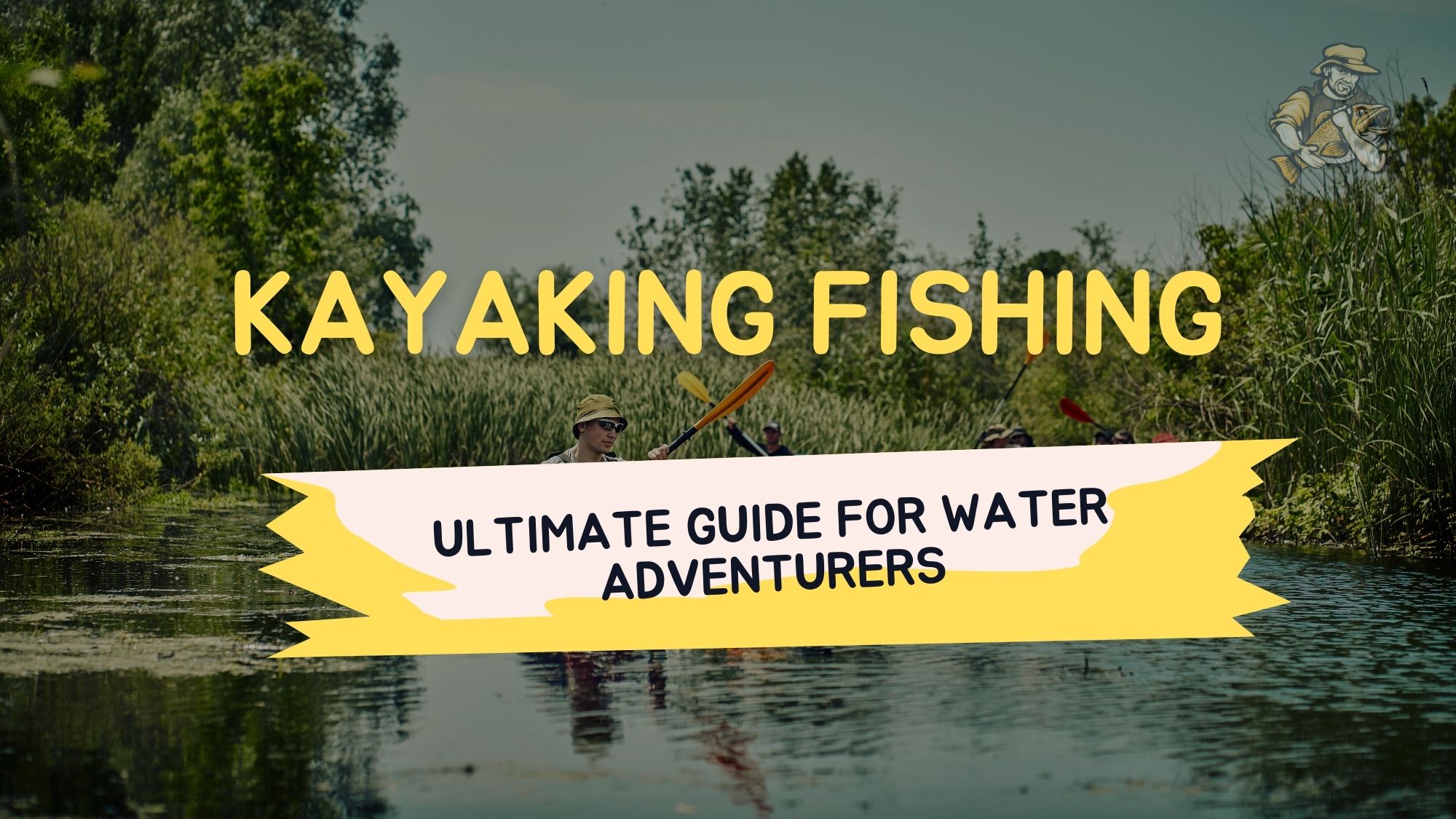
There’s something magical about gliding across the water in a kayak with a fishing rod in hand. The stealthy approach, the intimate connection with the water, and the ability to access spots other anglers can only dream of – kayaking fishing combines the best of both worlds. I’ve spent countless dawn hours paddling into hidden coves that boats can’t reach, and trust me, the fish in these untouched spots are often bigger and more willing to bite.
Whether you’re a seasoned angler looking to try a new approach or a kayaking enthusiast wanting to add fishing to your adventures, this guide will help you navigate the exciting world of kayaking fishing. I’ll cover everything from choosing the right kayak and essential gear to techniques that have consistently filled my live well over the years.
Kayaking Fishing Basics: What You Need to Know
When I first started combining my passion for kayaking with fishing, I made plenty of mistakes. My first attempt involved an old recreational kayak, a tackle box that wouldn’t stay put, and a rod that kept getting tangled in overhanging branches. Let’s just say I spent more time managing chaos than actually fishing.
Kayak fishing is fundamentally different from fishing from shore or a traditional boat. You’re working with limited space, need to manage your balance, and must consider how to safely handle fish while sitting in what amounts to a floating seat. But these challenges come with incredible rewards – accessing untouched fishing spots, a more sustainable approach to the sport, and a unique perspective on the water.
The beauty of kayak fishing lies in its simplicity and accessibility. With less initial investment than a motorboat and minimal ongoing costs, it’s a fantastic entry point into fishing waters that might otherwise remain unexplored.
Types of Fishing Kayaks
Not all kayaks are created equal when it comes to fishing. Through years of trial and error, I’ve learned that having the right kayak can make or break your experience.
Sit-On-Top Kayaks These are the most popular for fishing and my personal preference for most waters. They offer excellent stability, making it easier to cast and reel in fish without tipping. The open design gives you freedom of movement and easy access to your gear. The downside? You’ll likely get wet, so they’re best for warmer conditions or with proper clothing.
Sit-Inside Kayaks These traditional kayaks keep you drier and warmer in cold conditions. They’re typically faster and track better in the water. However, they limit your movement and make it harder to access gear or land larger fish. I use my sit-inside mainly for cold weather fishing or when I need to cover longer distances.
Pedal Kayaks Game-changers for serious anglers. These allow you to move and position your kayak using foot pedals, keeping your hands free for fishing. They’re more expensive but worth considering if you’re committed to the sport. The first time I used a pedal kayak on Lake Michigan, my catch rate nearly doubled because I could maintain perfect positioning while actively fishing.
Inflatable Fishing Kayaks Don’t dismiss these outright. Modern inflatable fishing kayaks are surprisingly durable and offer amazing portability. They’re perfect if you have storage constraints or need to hike to remote fishing spots. I keep an inflatable as my backup and travel option.
Choosing the Right Fishing Kayak
When selecting your kayak, consider these factors:
- Stability vs. Speed: Wider kayaks offer more stability for fishing but move slower. Narrower kayaks are faster but tippier.
- Weight Capacity: Factor in your weight plus all your gear and potential catch.
- Storage Options: Look for built-in rod holders, tackle storage, and space for a cooler.
- Transport and Storage: Consider how you’ll move the kayak to water and store it at home.
- Your Fishing Environment: Different hulls perform better in various water conditions.
For beginners, I recommend starting with a stable sit-on-top kayak around 10-12 feet long. Your first kayak doesn’t need all the bells and whistles – you can always upgrade as your passion for the sport grows.
Essential Gear for Kayak Fishing
The right gear can transform your kayaking fishing experience from frustrating to fantastic. I’ve refined my setup over hundreds of trips, and here’s what I consider essential:
Fishing-Specific Gear
Fishing Rod and Reel Selection Shorter rods (6-7 feet) are easier to manage on a kayak. I typically use medium-action rods that can handle a variety of fish. For reels, spinning options are versatile and user-friendly for kayak conditions. Consider rod holders to keep your hands free for paddling.
Tackle Storage Solutions Space is premium on a kayak. I use a small waterproof tackle box that fits securely between my legs or in a dedicated compartment. Plano makes excellent waterproof options sized perfectly for kayaks https://www.planooutdoors.com/fishing-storage/tackle-boxes.
Fish Finders While optional, a compact fish finder can dramatically improve your success rate. Modern units like the Garmin Striker series are compact, relatively affordable, and can be mounted on most fishing kayaks https://www.garmin.com/en-US/c/marine/fishfinders/.
Safety Equipment
Never compromise on safety. At minimum, always carry:
- Personal Flotation Device (PFD): Wear it, don’t just bring it. Modern fishing PFDs have convenient pockets for small gear.
- Whistle and Light: Essential for signaling in emergencies.
- First Aid Kit: In a waterproof container.
- Phone in Waterproof Case: For emergencies and checking weather updates.
- Paddle Leash: Keeps your paddle from floating away if dropped.
I learned the importance of safety gear firsthand when a sudden storm blew in while I was fishing on Lake Erie. My visibility was nearly zero, but my waterproof light helped nearby boaters spot me and provide assistance.
Comfort and Convenience Items
These aren’t strictly necessary but make for a much more enjoyable experience:
- Kayak Seat Cushion: Your back will thank you after hours on the water.
- Dry Bags: Keep spare clothes and electronics protected.
- Anchor System: Helps you stay positioned in current or wind.
- Sun Protection: Hat, sunscreen, and lightweight long sleeves are must-haves.
- Hydration Pack: Fishing is thirsty work.
Kayak Rigging for Fishing Success
A well-rigged kayak makes fishing more efficient and enjoyable. Here’s how I’ve set up my fishing kayak over the years:
Essential Modifications
Rod Holders Having your rods secure yet accessible is crucial. I recommend having at least:
- One flush-mounted holder behind the seat for trolling
- One or two adjustable holders within reach for active fishing
- A horizontal rod stager for when you need to switch lures or handle a fish
Anchor Trolley System This simple addition lets you adjust your kayak’s position relative to current or wind. It’s been invaluable for precisely positioning my kayak along promising shorelines or structure.
Storage Solutions Consider adding:
- Small bungee cords for securing loose items
- A milk crate system for the tank well (a budget-friendly storage solution)
- Gear tracks for mounting accessories without drilling holes
Advanced Rigging Options
As you become more serious about kayak fishing, you might consider:
Electronics Mounting Fish finders, GPS units, and even cameras can enhance your experience. YakAttack and RAM offer excellent mounting solutions that won’t damage your kayak https://yakattack.us/.
Propulsion Upgrades From pedal drives to small electric motors, there are many ways to keep your hands free for fishing. Just check local regulations, as some waters have restrictions on motorized craft.
Custom Lighting For dawn, dusk, or night fishing, LED lighting improves safety and helps you see your gear. I added waterproof LED strips under the gunwales of my kayak – they draw minimal power and have saved me countless fumbles in low light.
Kayaking Fishing Techniques
The techniques that work from shore or boats need some adaptation for kayak fishing. Here’s what consistently works for me:
Casting Strategies
Casting from a kayak requires good balance and awareness of your surroundings. Some tips:
- Use Your Core: Rotate from your torso rather than just your arms to maintain stability
- Short, Accurate Casts: Often better than distance in a kayak
- Practice Low Casting: Keeps your center of gravity down
- Consider the Wind: Factor in how it affects both your cast and kayak position
I typically anchor or use my paddle as a stake-out pole when I find a promising spot that requires multiple casts.
Trolling from a Kayak
Kayaks move at the perfect speed for trolling – often matching the natural swimming speed of baitfish. This makes them incredibly effective trolling platforms.
- Use Rod Holders: Keep your rod secure while paddling
- Select Appropriate Lures: Choose lures that work well at slow speeds
- Watch Your Lines: Keep them at different distances to avoid tangles
- Use Diving Planers: To get your lure to the desired depth
According to a study from the Recreational Boating & Fishing Foundation, kayak anglers who troll report 30% higher catch rates for species like walleye and trout compared to stationary fishing https://www.takemefishing.org/.
Handling and Landing Fish
This is where kayak fishing gets interesting! Without the space of a boat, you need a plan for landing fish:
- Use a Net: A short-handled net works best in the limited space
- Side Landing: Guide larger fish alongside your kayak before netting
- Lip Grippers: Useful for predatory fish with tough mouths
- Practice Catch and Release: If you’re not keeping the fish, minimize handling time
One summer morning on the Au Sable River, I hooked into a sizeable smallmouth bass that gave me quite the kayak sleigh ride before I could properly land it. The experience taught me to always be prepared with proper landing tools.
Top Fishing Spots Accessible by Kayak
One of the greatest advantages of kayak fishing is accessing spots other anglers can’t reach. Here are some types of locations that have consistently produced for me:
Small Lakes and Ponds
Often overlooked by boaters, small bodies of water can hold surprising numbers of fish. Their intimate size makes them perfect for kayak exploration. Check your state’s fisheries department for maps of local lakes and ponds – many maintain online databases with information about fish species and access points.
River Backwaters and Sloughs
These protected areas off main river channels are fish magnets and often too shallow for larger boats. They provide calm water for easy paddling while offering excellent habitat for multiple species. The U.S. Geological Survey provides detailed river maps that can help identify these productive areas https://www.usgs.gov/programs/national-geospatial-program/national-hydrography.
Mangrove Shorelines
In coastal areas, especially Florida and the Gulf Coast, mangrove shorelines are kayak fishing paradise. Their intricate root systems provide habitat for snook, redfish, and many other species. A kayak lets you quietly navigate these areas without disturbing the fish.
Shallow Flats
Areas too shallow for motor boats often hold feeding fish, especially during tidal movements. Your kayak’s stealth factor is a huge advantage here, as these fish are often spooky in skinny water.
Urban Waters
Don’t overlook urban fishing opportunities. Many cities have revitalized their waterways, and kayaks provide a unique way to access these often surprisingly productive fisheries. Local fishing forums and conservation groups can provide valuable insights into these hidden gems.
Seasonal Strategies for Kayak Fishing
Different seasons demand different approaches to kayak fishing. Here’s what works for me throughout the year:
Spring
Spring fishing from a kayak is all about targeting spawning areas and warming shallows:
- Focus on north-facing shorelines that warm fastest
- Look for protected coves where water temperatures rise quicker
- Target pre-spawn staging areas near spawning flats
- Use slower presentations as fish metabolism is still revving up
Spring weather can be unpredictable, so always check forecasts and dress in layers. I’ve had some of my most productive days in early spring when larger boats aren’t even on the water yet.
Summer
Heat changes the equation for both fish and anglers:
- Fish early morning and evening to avoid midday heat
- Target deeper, cooler water during bright days
- Focus on areas with current or oxygen-rich environments
- Consider night fishing for species like walleye and catfish
Remember that summer also means more recreational traffic on the water. For safety, I often wear high-visibility clothing and always have my flag deployed in busy areas.
Fall
Fall is trophy time for many species as they feed heavily before winter:
- Follow baitfish migrations in rivers and reservoirs
- Target points and drop-offs where fish ambush prey
- Use larger lures that mimic the abundant forage
- Be prepared for quickly changing weather conditions
According to fisheries biologists from the Great Lakes Fishery Commission, fall feeding periods often represent the year’s best opportunity for trophy fish across multiple species http://www.glfc.org/.
Winter
Yes, kayak fishing is possible in winter with proper precautions:
- Dress for immersion, not just air temperature
- Fish midday when temperatures peak
- Target deep, slow pools in rivers
- Consider a sit-inside kayak for better protection
- Always fish with a partner in cold conditions
I strictly limit my winter kayak fishing to protected waters and always tell someone my exact plans and expected return time.
Safety Considerations for Kayak Anglers
Fishing from a kayak introduces unique safety considerations that every angler should take seriously:
Weather Awareness
Always check weather forecasts before heading out, and be particularly mindful of:
- Wind Forecasts: Wind affects kayaks significantly more than larger boats
- Storm Potential: Lightning is especially dangerous on the water
- Changing Conditions: Have a plan if weather deteriorates
Several fishing-specific weather apps provide hourly forecasts for specific bodies of water. The Weather Underground fishing forecast is particularly useful for kayak anglers https://www.wunderground.com/fishing.
Navigation and Visibility
Make yourself visible and know where you are:
- Use a visibility flag that sits high above your kayak
- Consider bright-colored clothing or kayak accessories
- Carry a waterproof GPS or use a smartphone app with offline maps
- Learn to read water and identify hazards like submerged logs or rapids
Emergency Preparedness
Hope for the best, prepare for the worst:
- Practice self-rescue techniques in controlled environments
- Carry a whistle, mirror, or other signaling devices
- Tell someone your fishing plan and expected return time
- Consider a PLB (Personal Locator Beacon) for remote fishing
A study from the American Canoe Association found that proper preparation and carrying appropriate safety gear reduced kayaking incidents by over 50%.
Kayak Fishing for Different Species
Different game fish require different approaches from your kayak. Here’s what works for popular species:
Bass
Bass fishing from a kayak is incredibly effective, as you can silently approach prime structure:
- Position your kayak parallel to cover for the best casting angles
- Use your paddle to quietly hold position near fallen trees or docks
- Work shallower areas that bass boats can’t access
- Consider a stake-out pole for hands-free fishing in productive spots
Trout
Trout fishing from a kayak works exceptionally well in lakes and larger rivers:
- Troll slowly with light tackle for consistent action
- Use your stealth advantage to approach spooky fish
- Master the drift technique in rivers, controlling your speed with subtle paddle movements
- Target transition areas between shallow and deep water
Redfish and Speckled Trout
These inshore saltwater species are perfect kayak targets:
- Use the kayak to silently pole across shallow flats
- Target mangrove edges and oyster bars that larger boats avoid
- Time your trips with tidal movements for best results
- Look for mullet schools, birds, or surface activity
Pike and Muskie
These predators require some special considerations from a kayak:
- Use a larger net or fish grips for safe handling
- Secure all gear, as these powerful fish can create chaos in a small space
- Position your kayak for casting along weedlines and structure edges
- Be prepared for the “kayak sleigh ride” when you hook a big one
Environmental Stewardship for Kayak Anglers
As kayak anglers, we have a unique connection to the environment and responsibility to protect it:
Minimum Impact Practices
- Pack out all trash, including fishing line and soft plastic baits
- Use barbless hooks when possible for easier release
- Avoid dragging your kayak through sensitive shoreline vegetation
- Stay on established launch points to minimize shoreline damage
Conservation Participation
Consider joining conservation organizations focused on protecting fish habitats. The Coastal Conservation Association and Trout Unlimited both have programs specifically for kayak anglers https://ccaflorida.org/.
I’ve participated in several volunteer habitat restoration projects organized by my local Trout Unlimited chapter, and it’s given me both satisfaction and a deeper understanding of the waters I fish.
Citizen Science Opportunities
Many fisheries departments welcome data from anglers. Apps like AnglerAction allow you to log catches that help scientists monitor fish populations https://angleractionfoundation.com/.
Budget-Friendly Approaches to Kayak Fishing
One of the most appealing aspects of kayak fishing is its accessibility compared to boat fishing. Here’s how to get started without breaking the bank:
Entry-Level Setup
You can begin kayak fishing with minimal investment:
- Consider used kayaks from reputable brands like Perception, Old Town, or Lifetime
- Start with a general-purpose rod you already own
- Use a milk crate with PVC pipe inserts as an inexpensive rod holder system
- Repurpose dry bags or waterproof containers you might already have
My first fishing kayak was a $275 yard sale find that served me well for two seasons before I upgraded. The fish don’t care how much your kayak costs!
DIY Rigging Solutions
Save money with these do-it-yourself approaches:
- PVC rod holders cost a fraction of commercial ones
- Pool noodles can be used to protect and float gear
- Bungee cords and carabiners create flexible storage options
- LED push lights make affordable night fishing lights
The fishing kayak community is incredibly creative with DIY solutions.
FAQ: Common Kayak Fishing Questions
How stable are fishing kayaks?
Modern fishing kayaks are designed with stability in mind. Many sit-on-top models are stable enough to stand and cast from, though this takes practice. Wider kayaks (30-36 inches) offer the best stability for fishing. According to the American Canoe Association, sit-on-top fishing kayaks typically have a primary stability rating 30% higher than recreational kayaks https://americancanoe.org/.
What length kayak is best for fishing?
For most anglers, something in the 10-13 foot range offers the best balance of maneuverability and tracking ability. Shorter kayaks turn easier but don’t track as well over distance. Longer kayaks travel straighter and faster but can be harder to maneuver in tight spaces.
Can I fish from any kayak?
While you can technically fish from any kayak, purpose-built fishing kayaks offer features that make the experience much more enjoyable. If you’re using a recreational kayak, start with clip-on rod holders and secure storage for your tackle.
How do I transport fish I want to keep?
Options include:
- Soft coolers secured to the deck
- Fish bags designed for kayaks
- Small hard coolers in the tank well
- Stringers (though these aren’t ideal in waters with predators)
Always check local regulations about fish transport and processing on the water.
Is kayak fishing dangerous?
Like any water activity, kayak fishing carries inherent risks, but these can be managed with proper precautions. Most incidents occur due to failure to wear PFDs, fishing in inappropriate conditions, or lack of preparation. The U.S. Coast Guard reports that kayak-related incidents have actually decreased in recent years despite increased participation, largely due to better education https://www.uscgboating.org/statistics/accident_statistics.php.
Getting Started: Your First Kayak Fishing Trip
Ready to get on the water? Here’s a simple plan for your first outing:
- Start Small: Choose a calm, familiar body of water for your first trip
- Keep It Short: Plan for just 2-3 hours until you know your comfort level
- Bring Minimal Gear: One rod, a small tackle selection, and safety equipment
- Focus on Comfort: Adjust your seat and foot positions before focusing on fishing
- Take Pictures: Document your setup so you can make improvements next time
Remember, every experienced kayak angler started as a beginner. My first trip involved tipping over in shallow water while reaching for a dropped lure. We all learn by doing!
Conclusion: Why Kayak Fishing Changes Everything
Kayak fishing isn’t just another way to catch fish – it transforms your relationship with the water. There’s something profoundly satisfying about propelling yourself silently across a misty lake at dawn, feeling every subtle current, and connecting with fish in their environment on a more intimate level.
Beyond the excellent fishing opportunities, kayaking brings you closer to nature. I’ve had curious otters swim alongside my kayak, watched ospreys dive for fish mere yards away, and drifted over crystal-clear shallows teeming with aquatic life.
Whether you’re looking to access untouched fishing spots, reduce your environmental impact, or simply find a more affordable way to get on the water, kayak fishing offers a compelling path forward. The learning curve might seem steep at first, but the rewards – both in fish caught and experiences gained – are well worth the effort.
I hope this guide helps you start your kayak fishing journey with confidence. Remember that every trip on the water is an opportunity to learn and improve. The fish are waiting – grab your paddle and go find them!

Meet Adam Hawthorne
I’m a lifelong fishing enthusiast who’s spent years exploring rivers, lakes, and oceans with a rod in hand. At Fishing Titan, I share hands-on tips, honest gear reviews, and everything I’ve learned about fish and ocean life, so you can fish smarter and enjoy every cast.
Share:

Meet Adam Hawthorne
I’m a lifelong fishing enthusiast who’s spent years exploring rivers, lakes, and oceans with a rod in hand. At Fishing Titan, I share hands-on tips, honest gear reviews, and everything I’ve learned about fish and ocean life, so you can fish smarter and enjoy every cast.
Related Articles
-
Dalmatian Molly
The Dalmatian Molly stands as one of the most recognizable and beloved freshwater aquarium fish, distinguished by its striking black-spotted pattern reminiscent of the famous…
-
Lemon Tetra
The Lemon Tetra (*Hyphessobrycon pulchripinnis*) stands as one of South America’s most vibrant freshwater fish species, distinguished by its brilliant yellow coloration and peaceful schooling…
-
Fishing Tips for Beginners: An Expert Guide to Your First Successful Catch
Getting started with fishing can feel overwhelming. Trust me, I’ve been there – staring at walls of equipment, trying to decipher fishing jargon, and wondering…
-
Smallmouth Black Bass Fishing: Complete Guide for 2025
If you’ve ever felt that sudden, powerful tug on your line followed by an acrobatic jump that leaves your heart racing, chances are you’ve hooked…
Fish Species
-
Kribensis Cichlid
The Kribensis Cichlid (Pelvicachromis pulcher) stands as one of West Africa’s most remarkable freshwater fish species, captivating aquarists and researchers alike with its vibrant coloration…
-
Comet Goldfish
The Comet Goldfish (Carassius auratus) stands as one of the most recognizable and widely distributed freshwater fish species in the world. This hardy ornamental fish…
-
Corydoras Catfish
Corydoras catfish represent one of the most diverse and ecologically significant groups of freshwater bottom-dwelling fish in South American aquatic ecosystems. These small, armored catfish…
-
Whale Shark
The whale shark (*Rhincodon typus*) stands as the ocean’s largest fish species, representing one of nature’s most remarkable gentle giants. Despite its imposing size, reaching…

